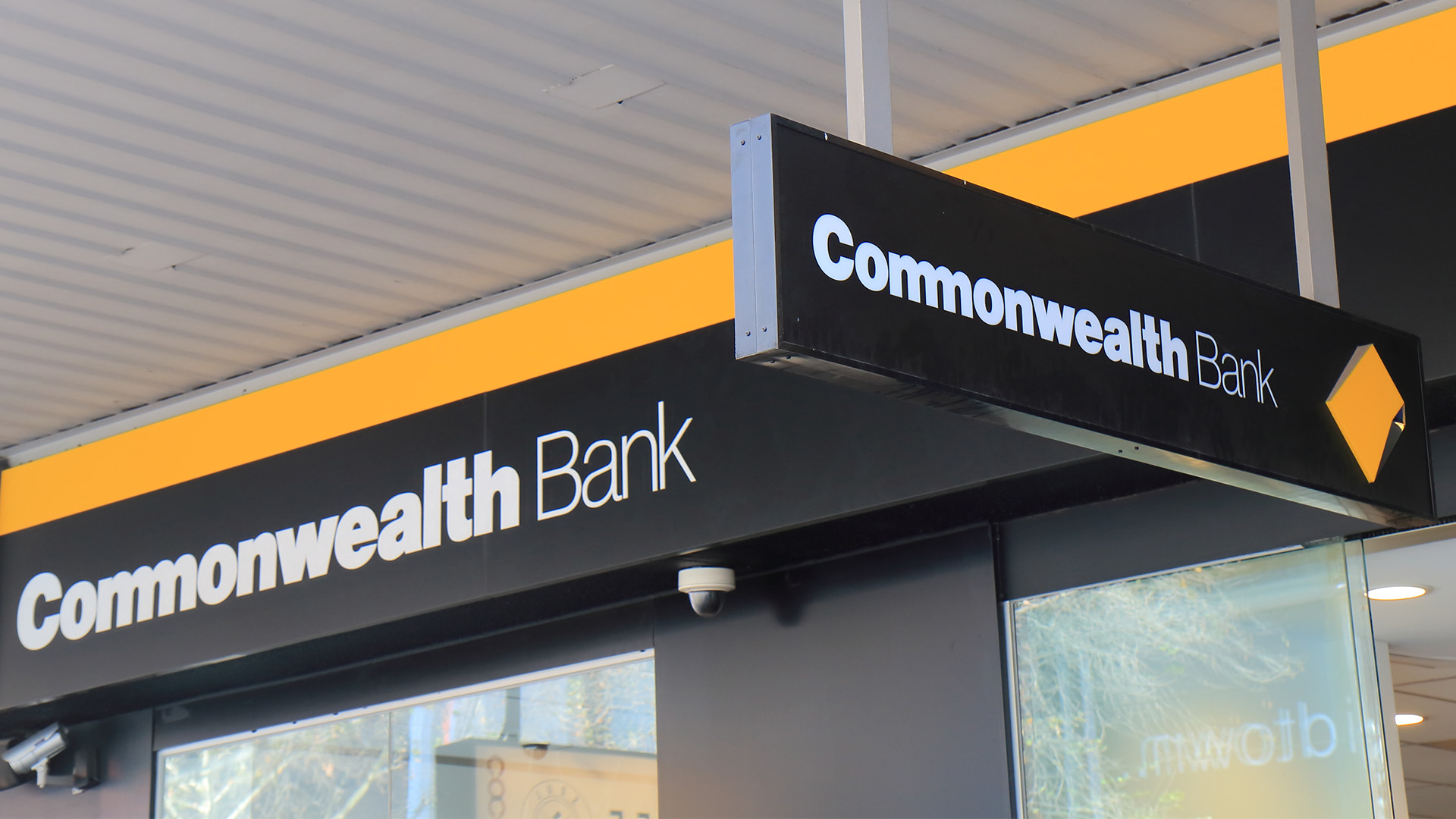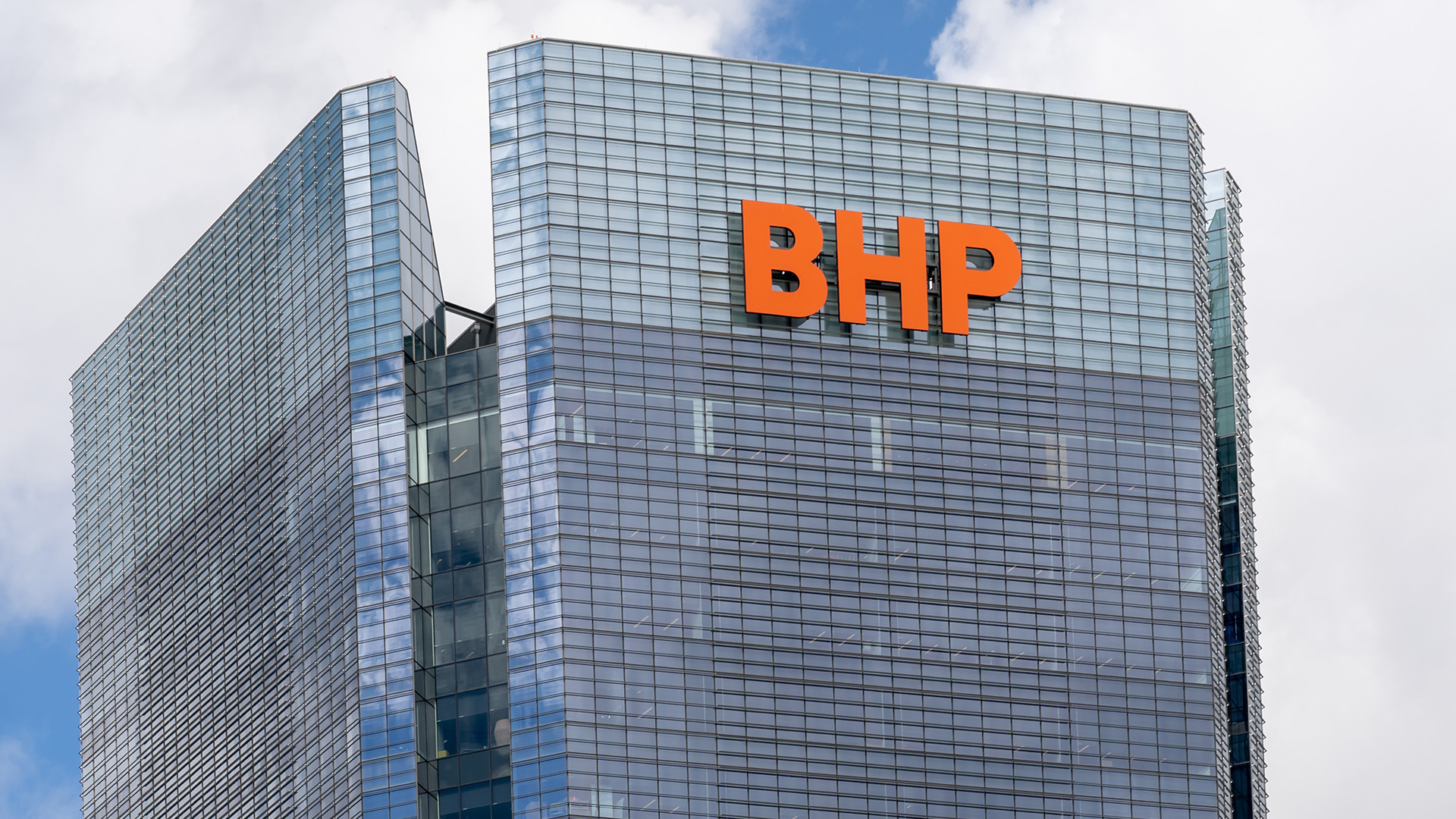The Australian media industry has become a black hole that shows no sign of disappearing, judging by the flow of weak interim and full year figures this week for groups from Fairfax Media to Foxtel, Seven West Media and Network Ten.
Weak revenues (in many cases, sharp falls), falling profits, cost problems and debt burdens continue to bedevil the sector as the online world cherry picks its best customers, picks their pockets and makes off with the goodies.
Consumer caution is playing a big part. Weak sales for the likes of department stores (as David Jones confirmed yesterday) means lower ad revenues.
Consumer electronics retailers (JB Hi-Fi and Harvey Norman have all seen sharp sales falls) are in a similar position and weak demand for housing and home loans have also played a big part in undermining revenue and earnings for media companies.
But it’s not just that consumers have become more cautious; as the Reserve Bank has demonstrated, consumers are redirecting their spending into services and away from traditional areas of consumption.
Car sales remain solid, as does basic food retailing, but the growth has been in cafes, food services and restaurants (while housing is taking more disposable income because the homes cost more).
Services are taking more disposable dollars, and people are travelling more offshore and shopping on the internet.
Cool weather, the floods in Queensland, Victoria and NSW in the past 14 months have also had a significant impact, especially in Queensland.
The Pay TV businesses, Foxtel and Austar (which want to merge) have been the strongest performing media companies in the past couple of years, but in the second half of 2011, they also hit the wall as consumers cut their spending (or redirected it).
Foxtel didn’t add any subscribers over the December half and Austar lost more than 8,000 over the year, with most dropping out in the second half.
Online companies such as iiNet, Wotif, Seek, Carsales and REA Group which didn’t rate five years ago, are now growing rapidly in areas where the established media once ruled: classified ads, real estate, cars, travel and jobs.
And, none of the media companies reporting this week have been game to issue guidance or make forecasts about the rest of this financial year or calendar year.
In PR speak ‘visibility is limited’, with ‘significant headwinds’ and an ‘uncertain business environment’.
No company has been damaged as much as Fairfax Media which had more bad news for investors yesterday with a 44% slide in first half profit to $96.7 million from $172.3 million earned in the year-earlier six month period.
There was a 14.6% fall in underlying in earnings before interest, tax, depreciation and amortisation for the half, on a 5.2% drop in sales in the half year to $1.232 billion.
Advertising revenue fell by 3% in the September quarter and by 8% in the December quarter.
Conditions remained tough into January, when revenues were 7.5% lower than a year earlier, as finance, real estate and retail industries – all major advertisers – saw weak sales and layoffs.
Fairfax shares fell 3c, or 3.6%, to 79.5c, before finishing at 82c, down half a cent on the day.

The company lifted interim dividend to 2c a share (or half a cent a share extra).
That dividend increase is useless except as a sop to some investors. The company is slowly self-liquidating.
“While the results are disappointing, over the last six months Fairfax Media has driven change through the business and we have done it in the midst of a severe cyclical downturn in our major markets," said chief executive and managing director Greg Hywood.
Fairfax now expects to double its cost savings over a three-year period to $170 million.
The doubling of the cost savings "is an extension of processes we have talked about before and have now intensified and accelerated", Mr Hywood said yesterday.
Mr Hywood said the company set a clear three-year strategy last August designed to reshape the business and reset the company’s cost base.
Dubbed the "Fairfax of the Future" plan, it builds on the changes already underway in the company’s Metro division, which operates the major metropolitan newspapers including The Sydney Morning Herald and The Age, said Mr Hywood.
“Fairfax of the Future recognises that many parts of our business were built at a time when the newspaper was king and print classified advertising was the biggest driver of our business success.
"Large parts of our current operating model are still geared to supporting the old business model," Mr Hywood added.
Gina Rinehart, the iron ore billionaire, owns 12.6% of Fairfax. She also owns a stake of near 10% in the Ten network. Both won’t be making her a lot of money in the next year or so.
The regional newspaper and outdoor advertising group, APN News and Media was another to suffer, this time in the 2011 year ending December 31.
APN revealed a loss of $45.1 million for the year, down from $93.7 million in 2010 after the group wrote down the value of assets by around $159 million (which had been previously announced).
Ignoring these one-off items, APN said it had an underlying profit of $78 million, which was still 24% lower than a year earlier.
Revenue rose by just 1% in the year to $1.07 billion from $1.059 billion, an increase of $11 million, as the impact of t













